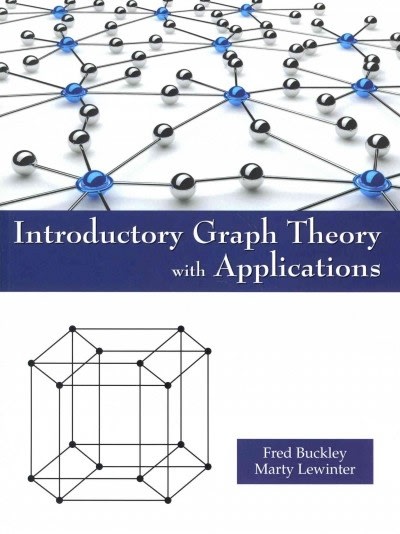
1. Consider the initial value problem dy = -y, y(0) = 1. (a) Suppose the solution is given by y = do + all + azz + ages + . .. for some interval containing x =0. Substitute into the differential equation and match coefficients (and also use the initial data) to find do, a1, d2, a3. (b) Now, work with the full series y = > an". Use the differential equation and initial data to n=0 find an explicit expression for an for all n 2 0. Don't forget to re-index! (c) Solve the initial value problem using separation of variables, and confirm your answers agree by using "known" Maclaurin series shortcuts. 2. Consider the initial value problem dy = 4 - 24, y(0) = 3. (a) Suppose the solution is given by y = do + aix + a2x2 + agx3 + . .. for some interval containing x = 0. Substitute into the differential equation and match coefficients (and also use the initial data) to find do, a1, d2, a3. (b) Now, work with the full series y = > anx". Use the differential equation and initial data to n=0 find an explicit expression for an for all n 2 0. Don't forget to re-index! (c) Solve the initial value problem using separation of variables, and confirm your answers agree by using "known" Maclaurin series shortcuts. 3. A corporation maintains a balance of B(t) (in millions of dollars) in an account, where t is measured in years. Interest with a nominal annual rate of 2% compounds continuously (that is, the rate at which interest is added to the account is proportional to B with proportionality constant 0.02 year ). In addition, the corporation continuously withdraws money from the account at a rate of 4 million dollars per year. MATH 141 Homework 19 (a) Write a differential equation for the balance B(t). (b) Suppose that B(0) = 300, and that the solution is given by B = do + ait + at + ast + . .. for some interval containing t = 0. Substitute into the differential equation and match coefficients (and also use the initial data) to find do, a1, a2, a3. (c) Now, work with the full series B = >ant". Use the differential equation and initial data to n=0 find an explicit expression for an for all n 2 0. (d) Solve the initial value problem using separation of variables, and confirm your answers agree by using "known" Maclaurin series shortcuts








